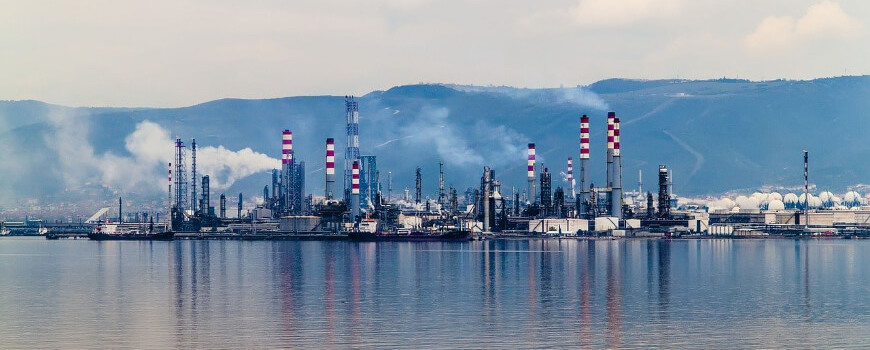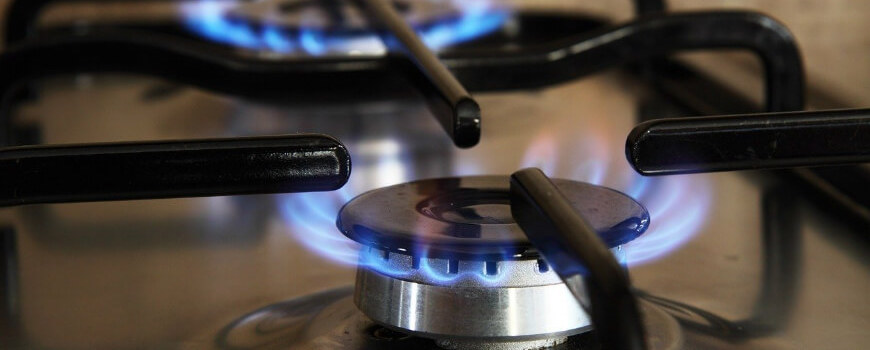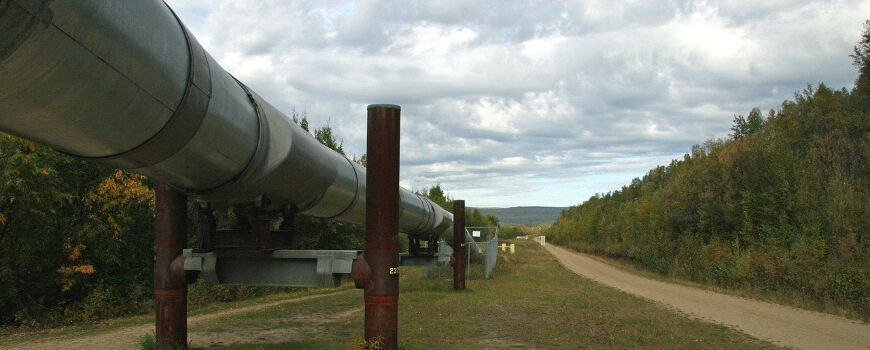
Natural gas is a non-renewable, odorless, colorless, flammable and non-toxic hydrocarbon. It accounts for more than 25% of U.S. energy consumption.
It is used as a source of energy for:
- Heating
- Electricity
- Fuel for vehicles
But what exactly is natural gas, how is it defined, where can it be found – and why do we use it?
What is natural gas?
Natural gas definition
Natural gas (also called fossil gas) is a naturally occurring hydrocarbon gas mixture consisting primarily of methane, but commonly including varying amounts of other higher alkanes, and sometimes a small percentage of carbon dioxide, nitrogen, hydrogen sulfide, or helium. Methane makes up 70-90% of natural gas.
As the name and definition suggests, it is a completely natural gas, because it comes from dead animals buried deep under the Earth’s surface – for millions of years. That is why we call it non-renewable. If it’s gone, we cannot produce more.
Therefore, one of the biggest long-term influencing factors of natural gas prices is green energy (or renewable energy):
- solar power
- wind power
- geothermal energy
- hydroelectric power
- etc.
Short-term natural gas prices are affected mainly by:
- seasonal weather (like winter)
- the U.S. demand
- there is a direct correlation with crude oil prices
It is measured in million British thermal units (mmBTUs), or in some countries in Gigajoule.
How do we produce natural gas?

Natural gas ranges from a few meters to over 5,000 meters underneath the surface. It is extracted from the ground – with natural gas drilling and oil drills.
Once extracted, the gas in its pure form is not usable yet. It needs to be combined with a liquid called crude oil.
After the combination, the natural gas is converted into our everyday energy.
During the process, most of the by-products are extracted like:
- propane
- ethane
- butane
- carbon
These can be further used.
Why and how do we use it?

Following purification (gas preparation), natural gas is typically transported via international gas pipeline systems to national gas transmission systems – and then through traders to gas distribution pipelines and finally to consumers.
Because it is colorless, odorless – but really flammable, the natural gas producers typically use unpleasant odor like ethyl mercaptan (ethanethiol) to make it easily recognizable and less dangerous.

But why do we use it when we have great, renewable green energy? Because the natural gas has some really beneficial properties:
- transportation over long distances is much more efficient than in the case of sustainable energy (less network loss)
- it can be stored in large quantities (unlike electricity)
- the transition is hard, because most households use natural gas.
Conclusion
- If we want to describe natural gas, it is an odorless, colorless gas that is very flammable – so it can be dangerous.
- That is why gas producers use an easily recognizable unpleasant odor (ethanethiol) to make it easily recognizable.
- As the natural gas description suggests, it is completely natural (from dead animals buried for millions of years) and therefore non-renewable, but it has some beneficial properties over renewable resources.
- That is why we haven’t stopped using it – and probably never will, until it runs out.
